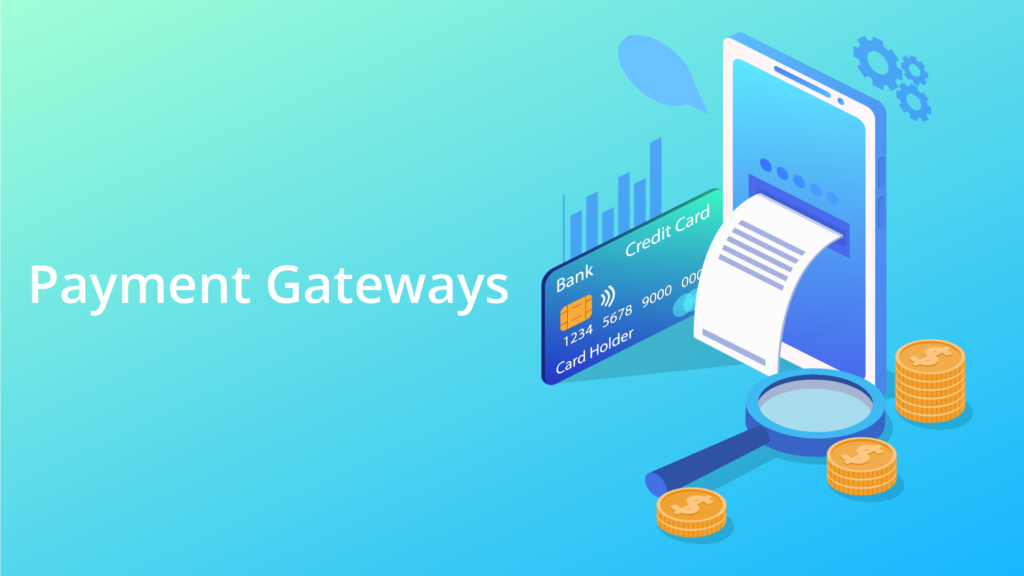In today’s digital age, having the right payment gateway is crucial for businesses of all sizes. Whether you’re a small online retailer or a multinational corporation, choosing the best payment gateway can significantly impact your success. With numerous options available, navigating the landscape to find the perfect fit for your business can be daunting. In this guide, we’ll explore the key factors to consider when selecting a payment gateway to ensure seamless transactions and optimal growth for your business.
1. Understand Your Business Needs: Before diving into the plethora of payment gateway options, take the time to assess your business requirements. Consider factors such as the volume of transactions, types of products or services you offer, target market, and scalability needs. Understanding your business needs will help narrow down the options and find a payment gateway that aligns with your goals.
2. Payment Methods and Currency Support: One of the most critical factors to consider is the range of payment methods and currencies supported by the payment gateway. Ensure that the gateway supports major credit/debit cards, digital wallets, bank transfers, and any other payment methods relevant to your target market. Additionally, if you operate internationally, opt for a gateway that offers multi-currency support to cater to customers worldwide without currency conversion hassles.
3. Security and Compliance: Security is paramount when handling sensitive payment information. Choose a payment gateway that adheres to stringent security standards, such as PCI DSS compliance, to protect against fraud and data breaches. Look for features like tokenization, encryption, and fraud detection tools to safeguard transactions and instill trust among your customers.
4. Integration Ease: Seamless integration with your existing website or e-commerce platform is essential for a smooth payment process. Opt for a payment gateway that offers developer-friendly APIs, SDKs, and plugins for popular platforms like Shopify, WooCommerce, Magento, etc. Ensure that the integration process is straightforward and well-documented to minimize technical challenges.
5. Cost and Fees Structure: Understand the fee structure of the payment gateway, including setup fees, transaction fees, monthly subscription fees, and any additional charges. Compare the pricing plans of different providers to find the most cost-effective solution for your business, considering factors such as transaction volume and average order value. Be wary of hidden fees that can impact your bottom line.
6. Customer Support and Reliability: Reliable customer support is invaluable when dealing with payment issues or technical difficulties. Choose a payment gateway that offers responsive customer support via multiple channels, such as phone, email, live chat, and support tickets. Additionally, assess the gateway’s reliability and uptime performance to ensure uninterrupted payment processing for your business.
7. Scalability and Growth Potential: As your business grows, scalability becomes crucial. Select a payment gateway that can scale with your business needs and accommodate increasing transaction volumes without compromising performance. Consider the provider’s track record and reputation for reliability and scalability to future-proof your payment infrastructure.
8. Additional Features and Services: Beyond basic payment processing, consider additional features and services offered by the payment gateway. Look for features like recurring billing, subscription management, invoicing, and analytics tools that can streamline your operations and enhance customer experience. Evaluate the value-added services provided by the gateway to maximize the return on investment for your business.
In conclusion, finding the best payment gateway for your business requires careful consideration of various factors, including payment methods support, security, integration ease, cost, customer support, scalability, and additional features. By assessing your business needs and evaluating potential providers based on these criteria, you can make an informed decision that empowers your business to accept payments seamlessly and drive growth in the digital landscape.

